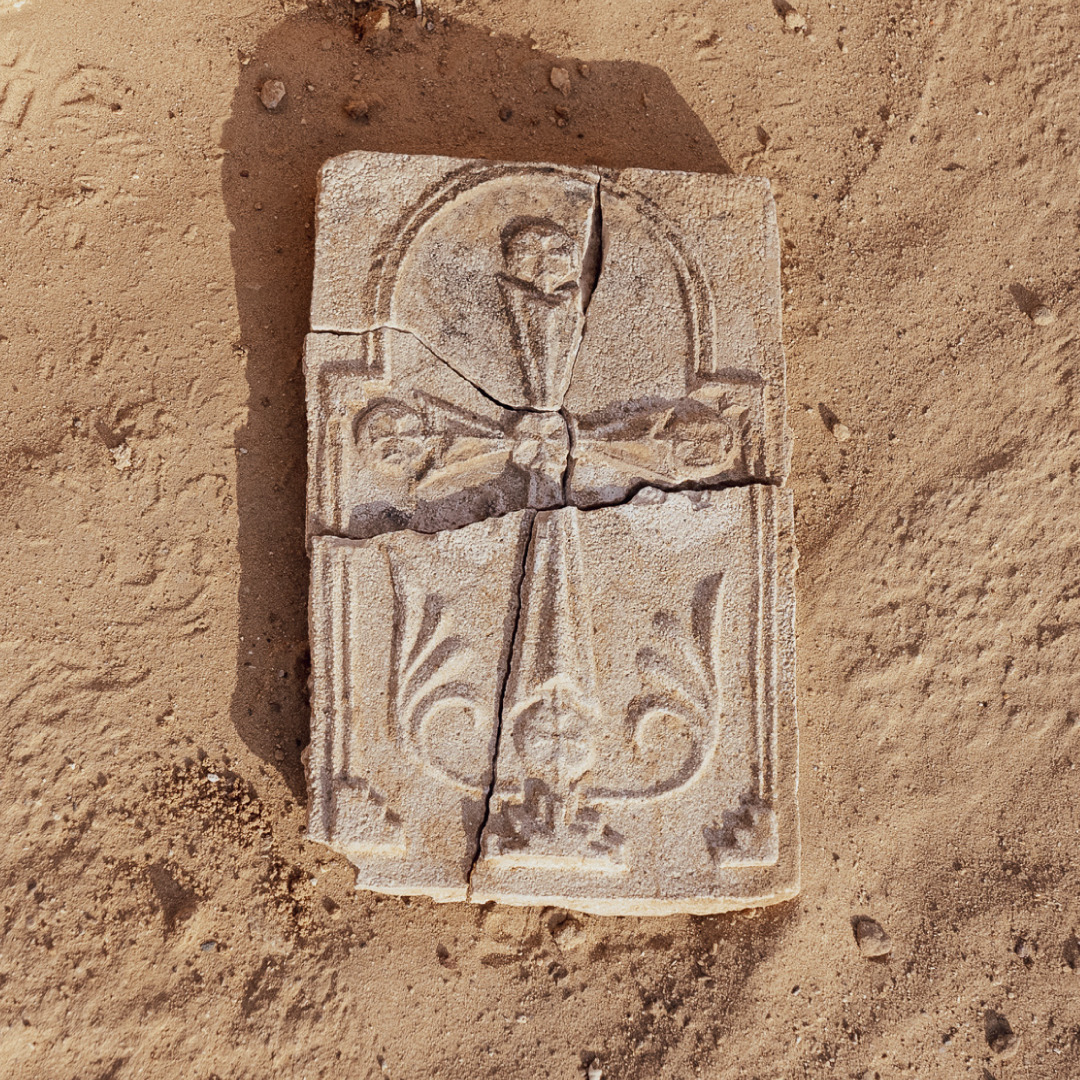
"Archaeologists in the United Arab Emirates have uncovered a plaster cross, believed to be around 1,400 years old, during new excavations at a Christian monastery on Sir Bani Yas Island. The discovery adds to our understanding of the spread of Christianity in the Arabian Gulf during the early Middle Ages, before the rise of Islam. The plaster cross was found in the courtyard of a monastic house connected to the Sir Bani Yas Island Church, during the first large-scale excavations on the island in more than 30 years. Researchers note that its design is similar to crosses found in Iraq and Kuwait, linking it to the Eastern Church, whose origins lay in Mesopotamia."
"The discovery provides rare material evidence of Christian life in the Gulf in the 7th and 8th centuries. "The discovery of the ancient plaster cross on Sir Bani Yas Island is powerful new evidence of the centuries-old values of peaceful coexistence and cultural openness that have shaped the history of the United Arab Emirates," said Mohamed Khalifa Al Mubarak, Chairman of the Department of Culture and Tourism - Abu Dhabi. "It reinforces our sense of pride in our nation and reminds us that tolerance is not a modern concept, but a principle deeply rooted in the history of our region.""
Archaeologists uncovered a plaster cross approximately 1,400 years old at a Christian monastery on Sir Bani Yas Island during new large-scale excavations. The cross was located in the courtyard of a monastic house associated with the Sir Bani Yas Island Church and resembles crosses found in Iraq and Kuwait, linking it to the Eastern Church with Mesopotamian origins. The discovery offers rare material evidence of Christian life in the Gulf during the 7th and 8th centuries and indicates that Christians and Muslims lived together on the island until the monastery was peacefully abandoned in the 8th century.
Read at Medievalists.net
Unable to calculate read time
Collection
[
|
...
]